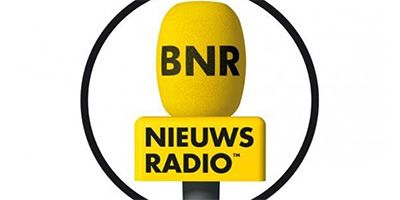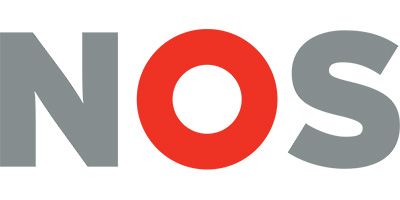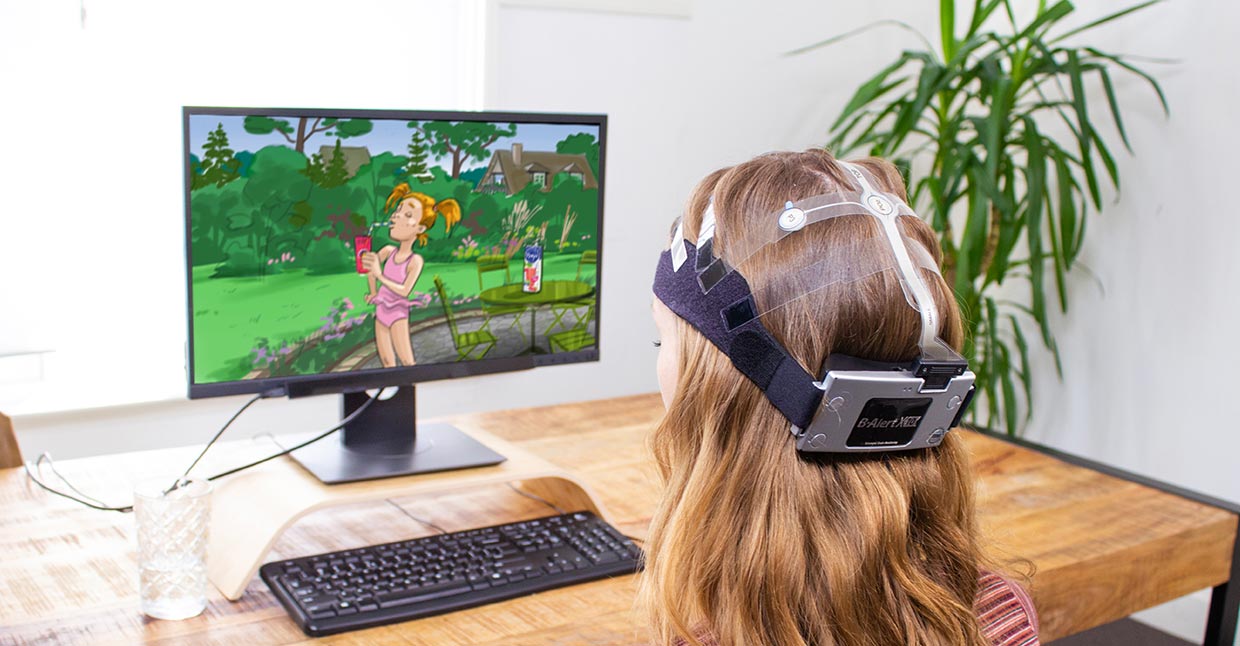
Every advertising campaign begins with an insight or idea. In this early stage, this idea is transformed into an initial campaign concept suitable for production. To truly bring this concept to life, it is often cast into a (moving) storyboard or animatic.
Today, (neuro)testing a fully produced commercial is standard practice for many brands. But to what extent can you reliably test the campaign concept prior to production using a concept expression such as an animatic, moving storyboard, or script? What insights does that provide – and to what extent do these insights reveal something about the viability of the campaign idea?
Each of the above questions refers back to the following fundamental question: does the brain have the same reaction when seeing a moving storyboard and the corresponding scenes in the actually reproduced and edited commercial?
In this blog, we share a study in which we compare the neural response during the neuro pre-test with that of the neuro post-test.
This research was conducted together with Vrumona, the soft drinks branch of Heineken with brands like Sourcy, Rivella, and Pepsi. In this blog, we delve into the insights from the research on the Ranja animatic and subsequent commercial.
Curious about the complete report of this animatic and its overlap with the actual TVC? Scroll to the end of the blog to download the PDF.
Why You Miss Opportunities by Testing Only After Production
Although you can also test the first rough version of a TV commercial (TVC) with a neuromarketing advertising study (or classical method), there are some drawbacks to that.
For example, suppose the advertising concept on which the entire commercial relies simply misses the mark. Then it is difficult to adjust this in a post-edit. Back to square one.
Neuro advertising pre-tests offer an excellent opportunity to objectively measure the viability of one or more campaign concepts. At this stage, the idea of the commercial is developed into a moving storyboard, animatic, or script. So, no (expensive) film crew is involved yet.
Curious about what such a moving storyboard looks like? Here is a short piece from the last part of the Ranja animatic:
Will the Campaign Be a Success? The Brain Already Knows!
How do you know if an advertising concept will catch on? Are you striking the right (emotional) chord? Or in popular neuromarketing terms: is the buy button being pressed?
Of course, you can choose to ask a consumer. But there is a danger lurking there. Many people give socially desirable answers. Or as Nobel Prize winner Daniel Kahneman also said: ‘People do not do what they say, and do not say what they do.’
Not surprising either, because you suddenly ask someone to look very critically at a concept, while they naturally do not watch the advertisement like that at home on the couch.
In fact, research shows that advertisements have the highest effect when they are not viewed critically. Just when you are comfortably sitting on the couch, waiting for your next episode of that exciting series.
To really know how a commercial is experienced, it is essential to mimic this natural viewing experience as realistically as possible with your research method. Asking someone how they feel makes them think critically; exactly the opposite of how they normally watch TV.
It is not surprising that multiple studies (such as from Nielsen) show that the relationship between the outcomes of survey research only predicts the success of it in practice, measured in actual sales on the shop floor, to a limited extent (20%). Classical advertising research is not much different from flipping a coin.
Good neuromarketing research is therefore a great outcome. The consumer comes into a living room lab and is fitted with a comfortable EEG headset. From then on, it is a piece of cake for the respondent, as they can enjoy watching TV. Just like at home.
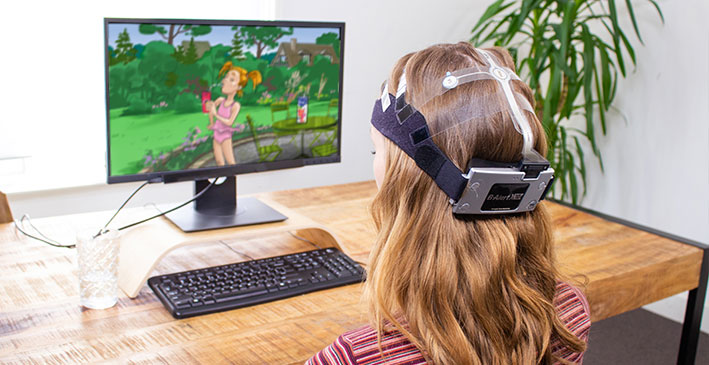
While an eye tracker follows her eye movements, the EEG headset automatically measures her brainwaves. These provide insight into the emotional highs and lows when watching a commercial. Combine these with the eye tracking, and you know from millisecond to millisecond exactly where people are looking and what feeling that produces. And that turns out to reveal a lot about the later impact of the commercial on brand preference and buying behaviour – also for advertising concepts!
Can You See What Someone Thinks with EEG?
Fortunately not! But that is not necessary either, because the emotions measured provide perfect insight into important KPIs. Is the message understood? Does one see the logo or product? Does the commercial press the buy button?
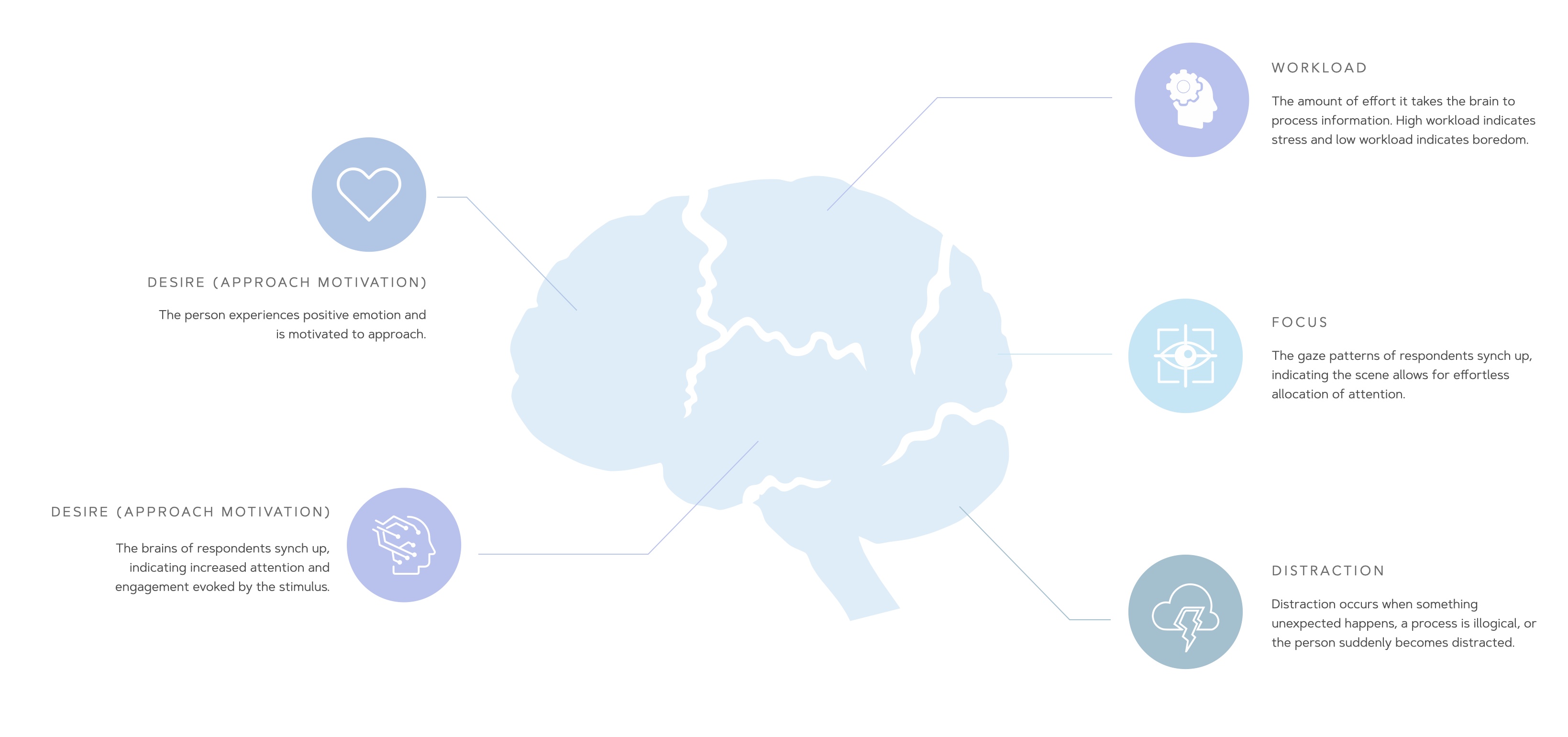
By looking at the metric Workload (a derivative of the brainwaves related to information processing), for example, we can see exactly whether a message comes across well, is considered complicated, or boring. With the metric Engagement, we measure how interesting someone finds it, and with Desire, we measure purchase activation.
About that purchase activation. This comes closest to the popular ‘buy button’. From the same Nielsen study, which showed that surveys could only predict whether someone would buy with 20% accuracy, a very different picture emerged for the Desire metric. Based on this brain metric, they could predict with three times the precision whether the cash register in the supermarket would ring.
With over 60%, the sales variance could be explained. Not a bad score ?
The Ranja Animatic Against the Neuro Benchmark
Vrumona first creates a moving storyboard in the form of an animatic for most of its commercials. We at Unravel then included this animatic in a neuromarketing study.
In which areas do we see opportunities for improvement? And what are the strong moments? And the most important indicator of the usefulness of a neuro pre-test: to what extent does the emotional experience of the animatic correspond with the final neural experience of the actual TVC?
Insight #1. Room for Improvement at the Beginning (Opportunity for Improvement)
The animatic opens with pouring Ranja and the girl taking a sip through a straw. Our data shows that the first 3 seconds of the animatic score average to low on desire.
Advice
A poor emotional start can have a negative effect far into the commercial - especially because the important brand identifiers are immediately visible here and therefore not associated with a positive emotion. A cinematic addition where, for example, more focus is placed on the drinking and the girl's experience of it can be a good addition to emotionally engage the viewer more. Zoom-in and dolly-in movements on objects, people, and actions often increase positive emotion.

Insight #2. Face and Music Provide a Boost (Strong Moment)
We saw in the previous insight that the animatic begins neutrally. However, as soon as the girl's face is visible, this is completely a thing of the past. We see a strong peak in desire when seeing her face. This is a well-known phenomenon in psychology: the revelation of a character's face is a psychologically pleasant moment.
Additionally, a few seconds later, the music starts, which provides a boost in engagement. This means that viewers experience the same and go along well with the flow of the story.
Advice
This scene works positively in the brain and can therefore be used effectively at the beginning of the animatic. It can be effective to start the music earlier so that the viewer is positively engaged with the commercial from the first moment.

Insight #3. Similarities with the Actual Commercial
The final scenes focus on Ranja. After the girl was launched over the hedge in the previous scene (scene 7), she lands in a pool where her friends are already enjoying a nice glass of Ranja. She is also offered a glass, and we see in the close-up that the desire is high in both versions. The focus is somewhat lower in both because there is a lot to see. We also see this in a slight increase in workload.
The last shot is the brand shot, where the Ranja packs are visible, and then the slogan appears on the screen. Notably, in both versions, the desire at the beginning of the brand shot is low but becomes positive when the slogan appears. In the animatic, the hypothesis was that this is caused by the laughing sound the friends make when the slogan appears, but in the commercial, the laughter is already initiated earlier (with little effect). The fact that the desire still rises so much in both versions may certainly indicate that the slogan is a positive addition to the brand.
Curious about the full report? You can simply download it (PDF):
> Click here to download the full report.
As you can see, a neuro test of a rough animatic is already capable of mapping the emotional flow of the final product early on. The emotional experience of the animatic strongly corresponds with its counterpart in the real advertisement. This is an important finding because it means that pre-testing a moving storyboard can give you early insight into the success (or lack thereof) of the final commercial in the process of an advertising campaign. At the same time, testing the final product is a valuable exercise to refine the commercial in every detail.


